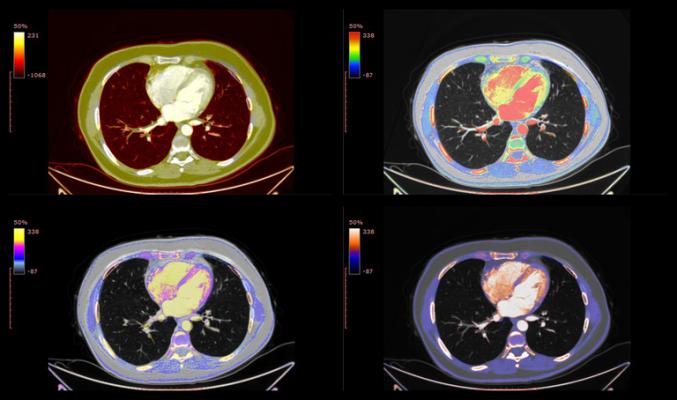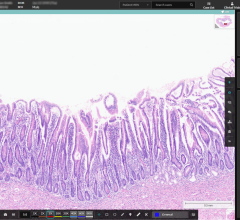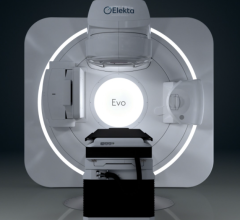
Getty Images
October 20, 2022 — A cohort study of more than one million people has found that most persons screened for lung cancer meet U.S. Preventative Services Task Force (USPSTF) criteria, but men, persons who formerly smoked, and younger eligible patients are less likely to be screened. Adherence to follow-up screening was also poor. The findings are published in Annals of Internal Medicine.
In 2013, the USPSTF recommended annual lung cancer screening (LCS) using low-dose computed tomography (LDCT) for the first time in adults aged 55 to 80 years who had a smoking history of at least 30 pack-years and currently smoked or quit within the past 15 years. The initial criteria for eligibility included approximately eight million Americans. In 2021, the Task Force expanded eligibility for screening, nearly doubling the size of the eligible population.
Researchers from the Hollings Cancer Center at the Medical University of South Carolina and members of the American Cancer Societies Roundtable on Lung Cancer studied the first million people to receive LCS and be entered into the Lung Cancer Screening Registry (LCSR). The authors analyzed LCS data collected between 2015 and 2019 from 3,625 facilities reporting to the LCSR. They found that 90.8% of persons screened met the 2013 USPSTF criteria. Compared with the eligible U.S. population, screened persons were older, more likely to be female, and more likely to currently smoke. The data also showed that adherence to annual follow-up screening is low, which may reduce cost-effectiveness and diminish mortality benefits. As such, providers should emphasize with patients that screening in those eligible should be performed yearly.
An accompanying editorial from the Institute of Health System Science, Feinstein Institutes for Medical Research, Northwell Health, New York, New York highlights some of the sobering findings from the study and suggests ways for clinicians to improve national lung cancer screening rates and reduce deaths. The author recommends that physicians take complete smoking histories from patients, not refer patients to screenings when they are not likely to benefit, and work with their healthcare systems to ensure higher adherence to screening follow-ups. The author also touches on the importance of focusing screening messaging efforts on eligible patients from historically underserved populations.
For more information: https://www.acponline.org/
Related Lung Imaging Content:
Special Report on Lung Cancer and Screening Initiatives
American Lung Association Addresses Awareness on World Lung Cancer Day
MRI Sheds Light on COVID Vaccine-Associated Heart Muscle Injury
What We Know About Cardiac Long-COVID Two Years Into the Pandemic
VIDEO: Long-term Cardiac Impacts of COVID-19 Two Years Into The Pandemic — Interview with Aaron Baggish, M.D.
VIDEO: Long-COVID Presentations in Cardiology at Beaumont Hospital — Interview with Justin Trivax, M.D.
VIDEO: Cardiac Presentations in COVID Long-haulers at Cedars-Sinai Hospital — Interview with Siddharth Singh, M.D.
Find more COVID news and videos
PHOTO GALLERY: How COVID-19 Appears on Medical Imaging
VIDEO: How to Image COVID-19 and Radiological Presentations of the Virus — Interview with Margarita Revzin, M.D.
American Lung Association Addresses Awareness on World Lung Cancer Day


 May 17, 2024
May 17, 2024 








